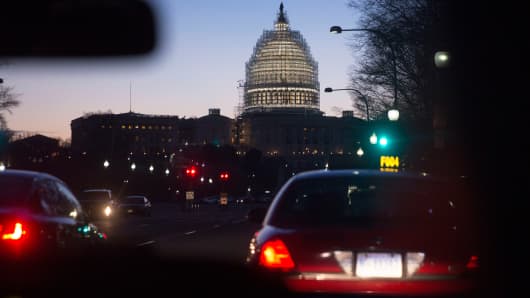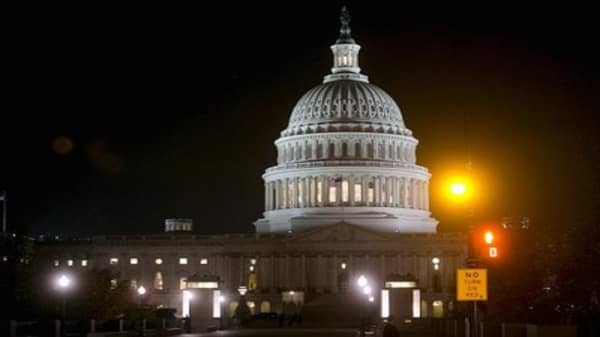The latest assault on private pensions may be coming from the U.S. Congress.
Lawmakers on Wednesday were finalizing a deal to shore up the government's pension insurance fund with provisions that would raise premiums and allow troubled pension plans covering more than one employer to cut retiree benefits.
As of midday Wednesday, the reform provisions, which drew loud opposition from unions and other groups representing retirees, were not included in the latest version of a massive, $1.1 trillion spending bill, according to a spokeswoman for the House Appropriations Committee. The measure may be voted on as an amendment in the Rules Committee, she said.
Payments to backstop these so-called multiemployer pension plans have run to hundreds of millions of dollars in the last decade. The Pension Benefit Guaranty Corp. has warned it may run out of funds unless Congress implements reforms.
Read More Massive $1.1 trillion spending bill unveiled
But the changed proposed Tuesday has drawn fire from unions and other retirement advocates.
"The problem is much more serious than skimming retirement benefits to keep the PBGC on life support," said Richard Greer, a spokesman for the Laborers' International Union of North America. This proposal "would siphon off tens of millions of dollars in hard earned retirement benefits to try and rescue the PBGC."
About a quarter of the roughly 40 million workers who participate in a traditional "defined benefit" plan—those that pay retirees a guaranteed check every month—are covered by these multiemployer plans, according to the Bureau of Labor Statistics.
Both public and private pension funds were hit hard by the 2008 financial crisis, which wiped out trillions of investments used to pay retiree benefits. Since then, many private plans have recovered those losses and are on a more solid footing.
But multiemployer plans—which typically cover smaller companies and unions—face a different set of financial challenges. Declining union enrollments, for example, mean there are fewer active workers to cover the cost benefits for retirees, many of whom are living longer than expected than when these plans were established.
Multiemployer plans also face the added burden of their pooled pension liabilities. When one member of the plan fails to keep up with contributions, for example, the burden on the other members increases.
In the last four years, the Department of Labor has notified workers in more than 600 of these plans that their plans are in "critical or endangered status."





